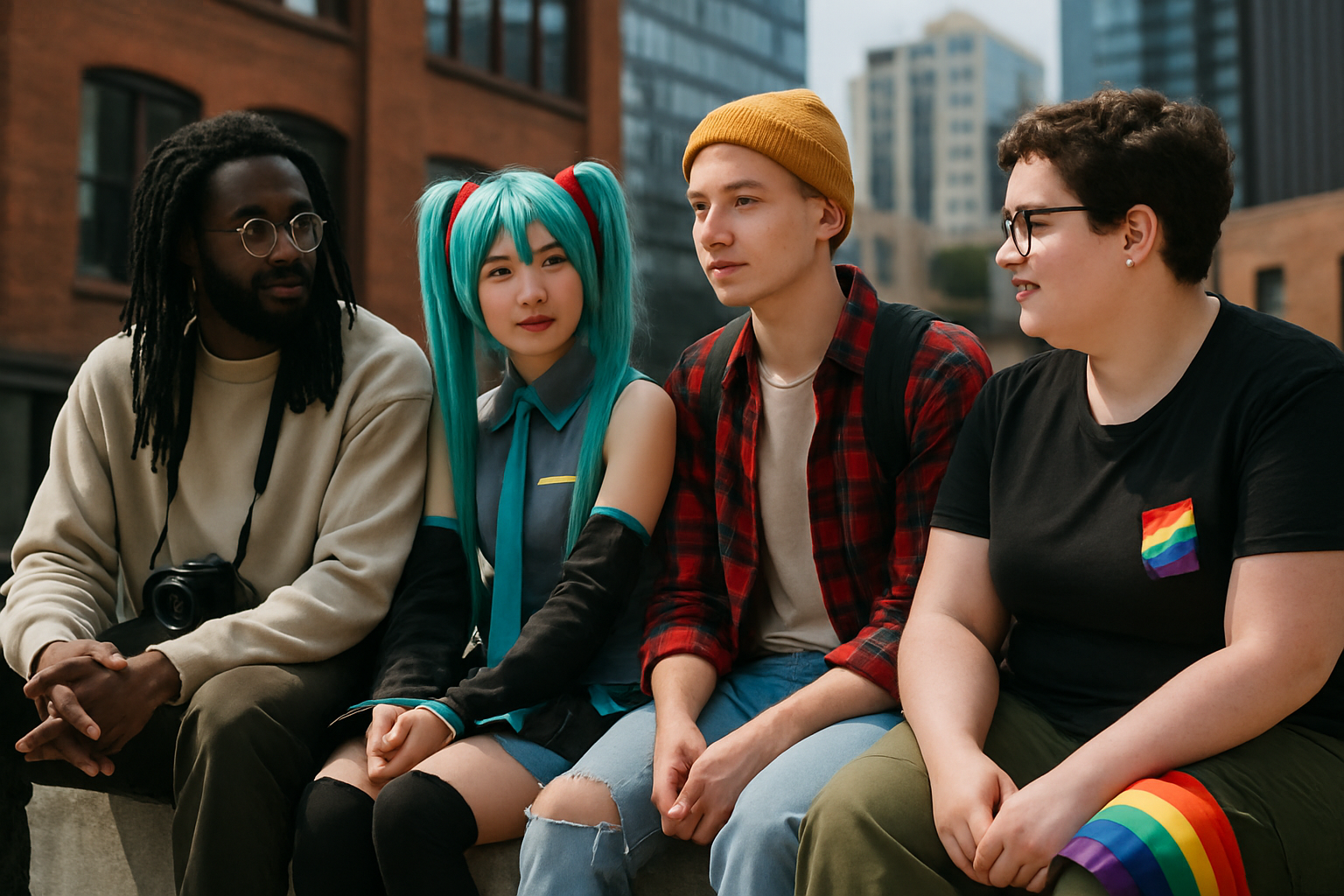The Invisible Threads: The Role of Subcultures in Shaping Contemporary Society
Our world is a vibrant tapestry of cultures, intricately woven with myriad threads representing various societal groups. Among these threads, subcultures, often overlooked, play a significant role in shaping the larger fabric of contemporary society. These countercultures, alternative groups, or subcultures are microcosms of society that defy mainstream norms, challenge prevailing ideologies, and often pave the way for societal change. Read below to delve into the intriguing world of subcultures and understand their profound impact on society.

The Genesis of Subcultures: A Historical Perspective
The concept of subcultures emerged in the mid-20th century, primarily in the context of youth cultures. Young individuals, seeking to carve out their identity distinct from the mainstream, started forming groups characterized by unique fashion, music, or lifestyle choices. These groups, later termed as subcultures, were initially seen as a form of rebellion or resistance against the established norms.
However, over the decades, the interpretation of subcultures has evolved. Today, they are seen not just as forms of resistance but also as spaces for creative expression, identity formation, and social innovation.
Subcultures Today: A Kaleidoscope of Diversity
In the contemporary world, subcultures are not confined to youth cultures alone. They cut across age, race, gender, and geographical boundaries, representing a kaleidoscope of diversity. The internet age has further fueled the proliferation of such groups, enabling like-minded individuals from across the globe to connect, share ideas, and form virtual subcultures.
From the environmental activism of ‘eco-warriors’ to the body positivity movement, from the vibrant world of cosplay enthusiasts to the minimalist lifestyles of digital nomads, subcultures today are as varied as they are influential.
The Societal Impact: Subcultures as Agents of Change
Subcultures are more than mere groups of individuals with shared interests. They are powerful agents of societal change. By challenging mainstream norms, they often bring about shifts in societal attitudes and behaviors. For instance, the LGBTQ+ subculture has played a pivotal role in advocating for equal rights and fostering societal acceptance of diverse sexual orientations.
Moreover, subcultures also contribute to cultural innovation and diversity. They are the breeding grounds for new fashion trends, music genres, and lifestyle choices, enriching the cultural landscape of society.
The Sociological Perspective: Understanding Subcultures through Research
Research has been instrumental in understanding the role and impact of subcultures in society. Sociological studies have explored various facets of subcultures - their formation, characteristics, and influence on mainstream culture. Such research has underscored the significance of subcultures as spaces for social interaction, identity formation, and societal change.
Subcultures and the Future: A Continuing Influence
As society continues to evolve, so will the landscape of subcultures. They will continue to challenge, inspire, and influence societal norms, acting as catalysts for change. Understanding and engaging with these subcultures will be vital for comprehending the complexities of our increasingly diverse and pluralistic societies.
In conclusion, subcultures, with their unique perspectives and values, significantly shape contemporary society. They challenge us to question, to innovate, and to embrace diversity, thereby playing a pivotal role in societal evolution. Their invisible threads weave the vibrant tapestry of our societies, making them richer, more inclusive, and more dynamic.





